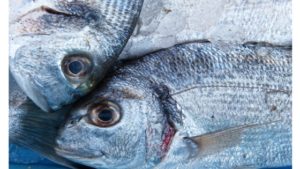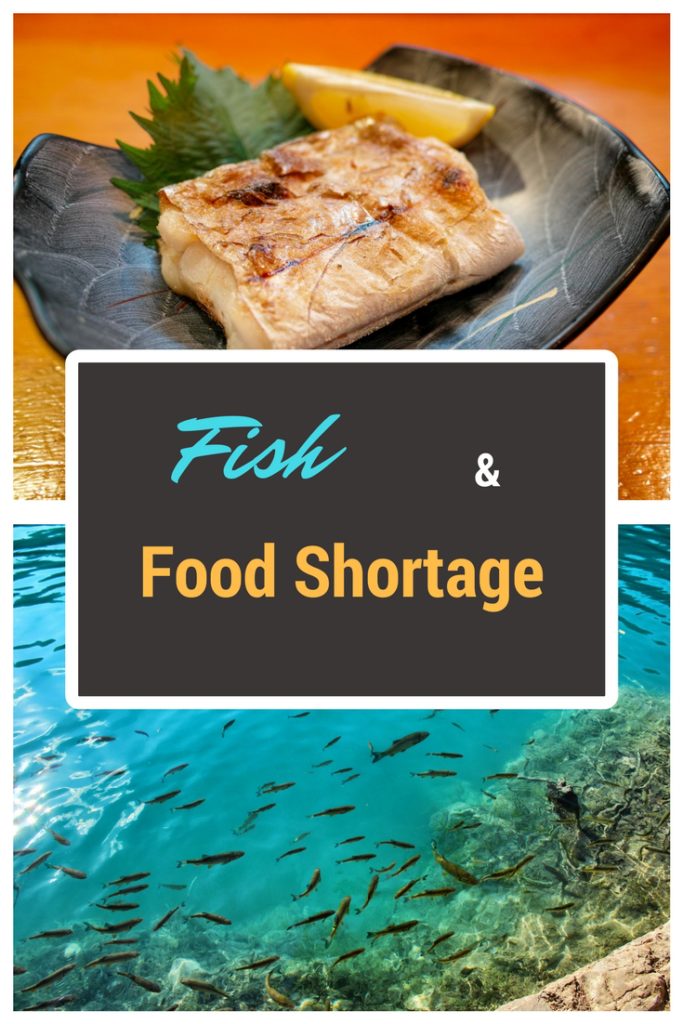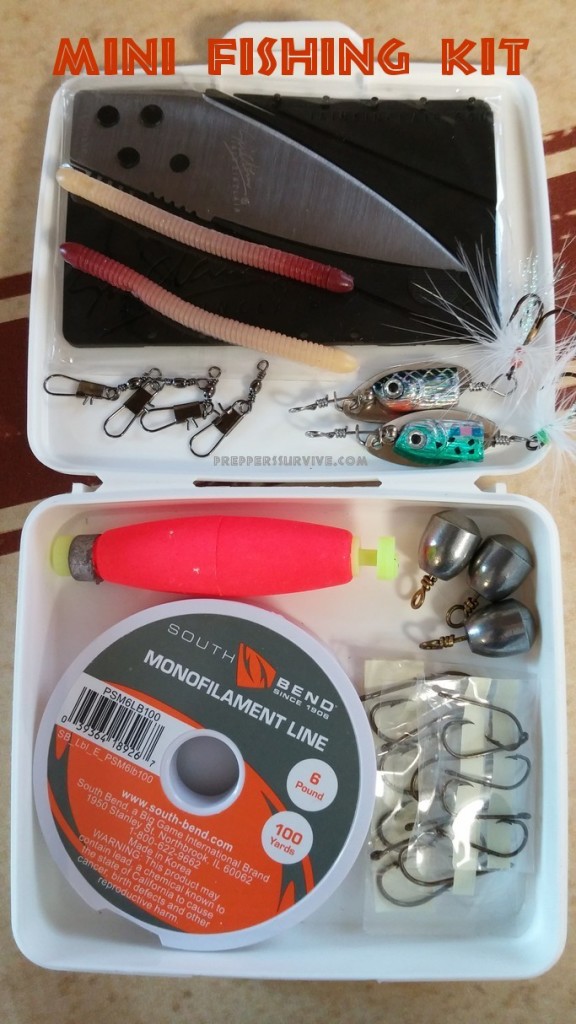
Have you ever experienced, wanting to order your favorite meal at a restaurant only to discover it’s no longer available? For fish lovers, this may be in your future. In 2017, many major newspapers around the world wrote articles about the demand for fish and the shortages to come. Check out these headlines:
China’s Appetite Pushes Fisheries to the Brink – The New York Times
Two-Thirds Of the World’s Seafood is Over-Fished – Forbes
Salmon Farming in Crisis – The Guardian
Fish and Chips OFF the Menu – Telegraph UK
The Demand for Fish Increases

There was a time in our short industrious history when the oceans seemed to be bottomless pits of sustenance and capital. Young hopefuls would have needed only the funds for a boat and rigs to get involved in an industry that was booming off of every coast. Today, the demand for fish has gone up drastically, and the fish populations themselves are suffering.
While you may think culprits like overfishing are new to this world, I need only remind of the red-hot whaling industry in the 1800’s. Whales were fished and broken down to create products like oil, candles and household tools. The “whalebone” or baleen harvested from these mammals was the closest thing to plastic in the 1800’s.
By 1851, the whales had been so overfished in the Atlantic that fishermen were heading for the Pacific and adjacent waters. Rather than stop the machine, they simply sought out more whales to decimate.
Overfishing is an old problem that is only part of the shortage. There are three major factors that contribute to a diminishing supply of fish.
Demand for Fish
You don’t have to be a scientist to understand the outrageous demand for fish and products from the ocean. Things like shrimp, sushi, and Omega 3 fish oils have become staples of the modern American family. The demand in Asian countries is growing as well. We are also discovering uses for other aquatic life in beauty care products and health. Consider this from the BBC.com
Pollution
There is a giant plastic island floating in the Pacific Ocean. It’s known as the great pacific garbage patch. It is a monumental example of just how brutal we have been on this planet and its species.
The acidification of the oceans and the increase in algae is what has concerned scientists the most. This is characterized by an increase in jellyfish and areas of the ocean that are so O2 depleted that they cannot support life.
While you might think that fish farming could be a possible option to fight overfishing, it’s not. In fact, fish farming increases levels of pollution due to the waste produced in the process. There are also issues with parasites and viruses that affect not only the farmed fish but the fish in the oceans as well.
These parasites are responsible for fish kills and population devastation. It’s no different than factory farming.
Commercial Fishing Technology
Advancements in commercial fishing technology are simply outclassing the fish they are after. The latest bottom trawling technology is too effective. The sea bass has been one of the most hard-hit fish species and according to the Telegraph, they are considering a ban on the fish entirely in markets and restaurants in the UK.
Unfortunately, the only solutions left for many species of fish are boycotts and new laws to protect them. We have reached a point where scarcity and demand for seafood will limit its availability. What a travesty it would be for our grandchildren to only know something like the sea bass through pictures and stories.
Guest Post
Ben Ayad can be found at Outdoors Time. He writes about fun outdoor activities and adventures.
Thanks for visiting the Preppers Survive website. If you enjoyed this article, please share it on your favorite social media and comment below, and vote for us on Top Prepper Website.

Other Articles You May Enjoy:





Leave a Reply